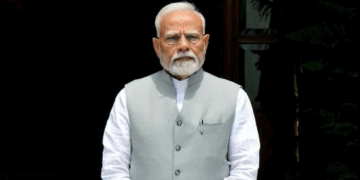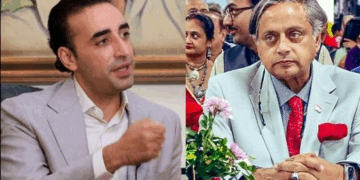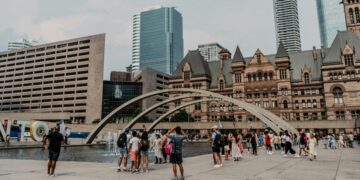In a strategic move aimed at consolidating political forces and charting a path forward post the Lok Sabha elections, West Bengal Chief Minister Mamata Banerjee has announced her plans for the INDIA bloc. With an eye on fostering unity and driving progress, Banerjee outlined a roadmap that seeks to harness the collective strength of regional parties across India.
The announcement comes in the aftermath of the recently concluded Lok Sabha elections, where Banerjee’s Trinamool Congress (TMC) emerged as a formidable force in West Bengal, retaining its stronghold in the state. Buoyed by this electoral success and sensing an opportunity to galvanize opposition forces, Banerjee has positioned herself as a key architect of the INDIA bloc—a coalition of regional parties united under a common agenda.
Speaking at a press conference in Kolkata, Banerjee underscored the need for regional parties to come together in the face of what she termed as “centralization of power” by the ruling party at the national level. Emphasizing the diversity and plurality of India’s political landscape, Banerjee stressed the importance of safeguarding federal principles and protecting the interests of states.
The INDIA bloc, according to Banerjee, aims to serve as a bulwark against authoritarian tendencies and promote inclusive governance that reflects the aspirations of all sections of society. Through collaborative efforts and strategic alliances, Banerjee envisions a coalition that transcends traditional political boundaries and works towards addressing pressing issues such as economic inequality, social justice, and environmental sustainability.
Banerjee’s announcement has elicited mixed reactions from political circles, with some viewing it as a bold step towards forging a united opposition front, while others remain skeptical about the feasibility and longevity of such a coalition. Critics argue that the diversity of ideologies and interests among regional parties could pose challenges to the cohesion and effectiveness of the INDIA bloc.
Nevertheless, Banerjee remains undeterred, expressing confidence in the collective strength and resilience of regional parties to effect meaningful change. As she embarks on her mission to rally support for the INDIA bloc, Banerjee has called upon like-minded leaders and parties to join hands in this endeavor, setting the stage for a new chapter in India’s political landscape.
With the Lok Sabha elections serving as a catalyst for realignment and recalibration, Mamata Banerjee’s vision for the INDIA bloc signals a paradigm shift in Indian politics—a departure from the dominance of national parties towards a more decentralized and pluralistic approach to governance. As the political landscape continues to evolve, all eyes will be on the INDIA bloc and its potential to shape the course of India’s democratic journey in the years to come.








 India
India












